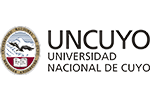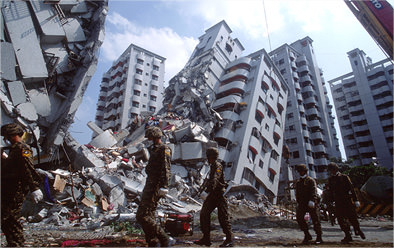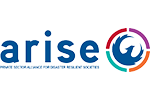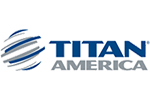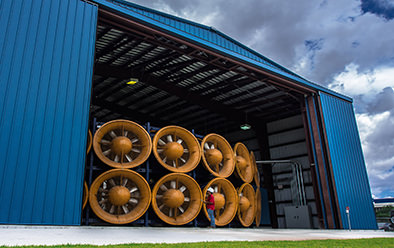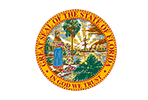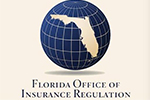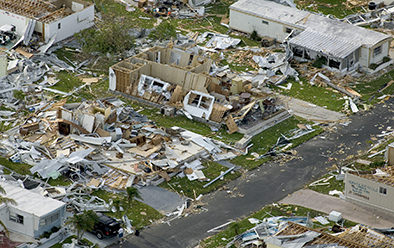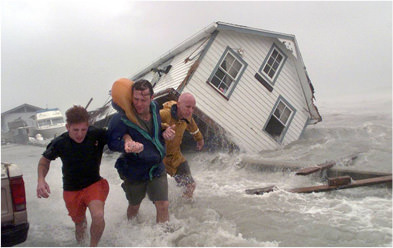The EEI Disaster Risk Reduction (DRR)
in the Americas Program
www.unisdr.org/partners/private-sector
For an impacted community, the difference between suffering an emergency, a disaster, or in extreme cases a catastrophe is largely determined by the level and effectiveness of its pre-event exposure management and vulnerability reduction, particularly hazard-aware land use, building standards, and lifeline protection, together with post-event community response and resilience. With support from the United States Agency for International Development’s Office of U.S. Foreign Disaster Assistance, the EEI’s Disaster Risk Reduction in the Americas Program has provided education, training, and technical advice for DRR capacity-building in a variety of Western Hemisphere countries. The underlying precept of the DRR program is that even major natural hazard events should have impacts that can be locally managed as emergencies rather than experienced as disasters or catastrophes, both of the latter often requiring national and even international response resources.
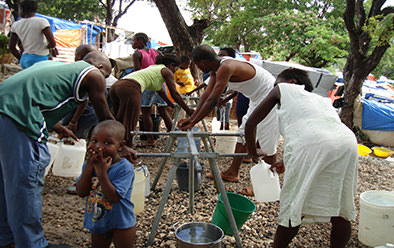
Earthquake, Haiti 2010. Photo by the American Red Cross
Residents of Part-Au-Prince, Haiti after the 2010 earthquake. Water, Sanitation, and Hygiene Sector Status and Trends Assessment (WASH) of Haiti projects performed in 2010.




